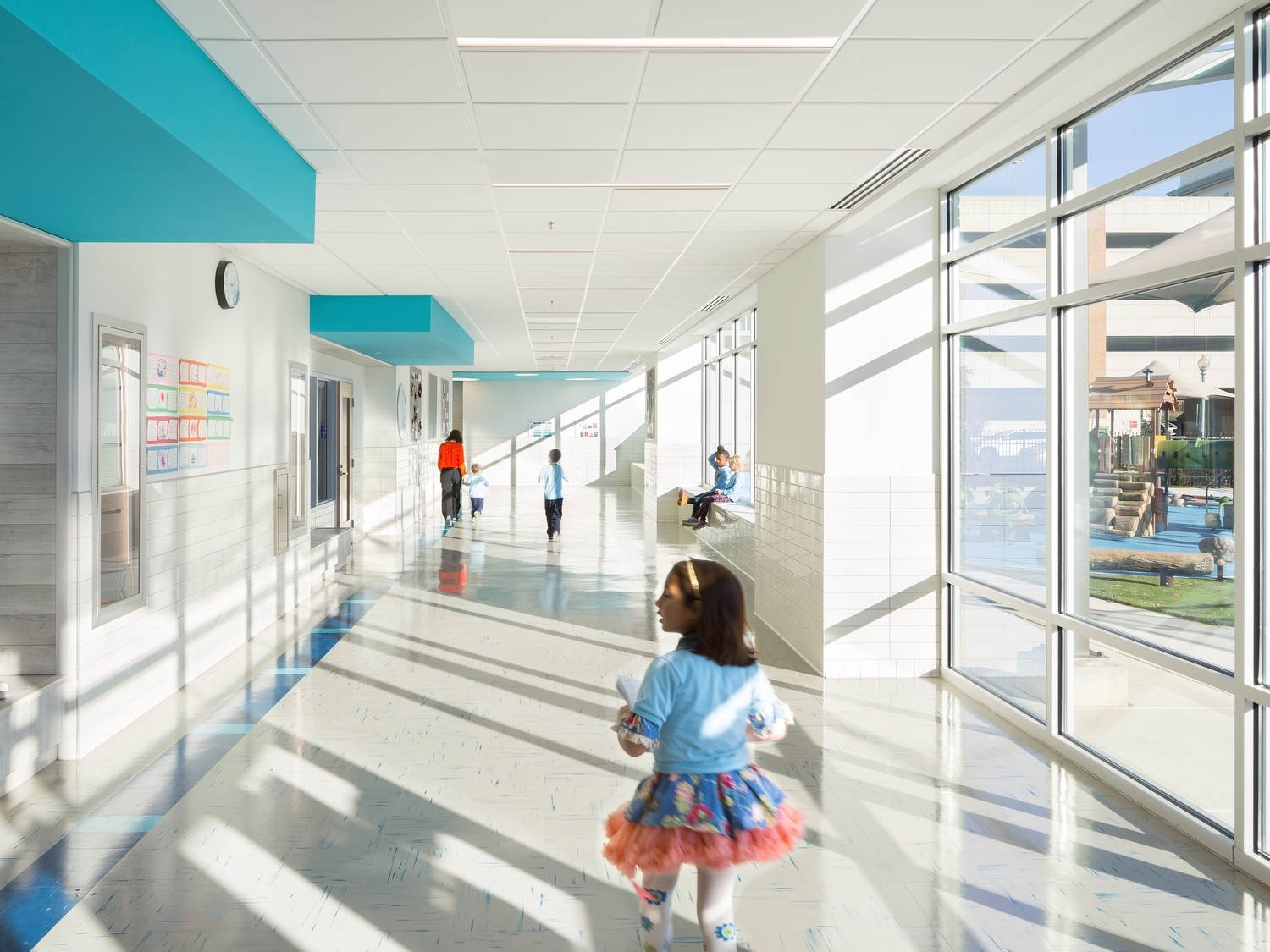
With support from the American Institute of Architects (AIA) Upjohn Research Initiative, Quinn Evans partnered with the University of Oregon to explore how architectural design can improve circadian health. This is especially important for renovation projects, where constraints often limit ideal daylight conditions or design changes. Our research draws from simulation-based analysis and real-world case studies to identify actionable design strategies that improve natural light exposure during critical morning hours.
The research is available in three formats to download—a graphic guide, an executive summary, and the full report. Our findings offer practical tools for architects and designers looking to enhance health outcomes while addressing the realities of existing building stock. The guide outlines key strategies such as window to wall ratio, surface reflectance, and furniture layout that can significantly improve circadian lighting, even with small interventions.

.avif)





